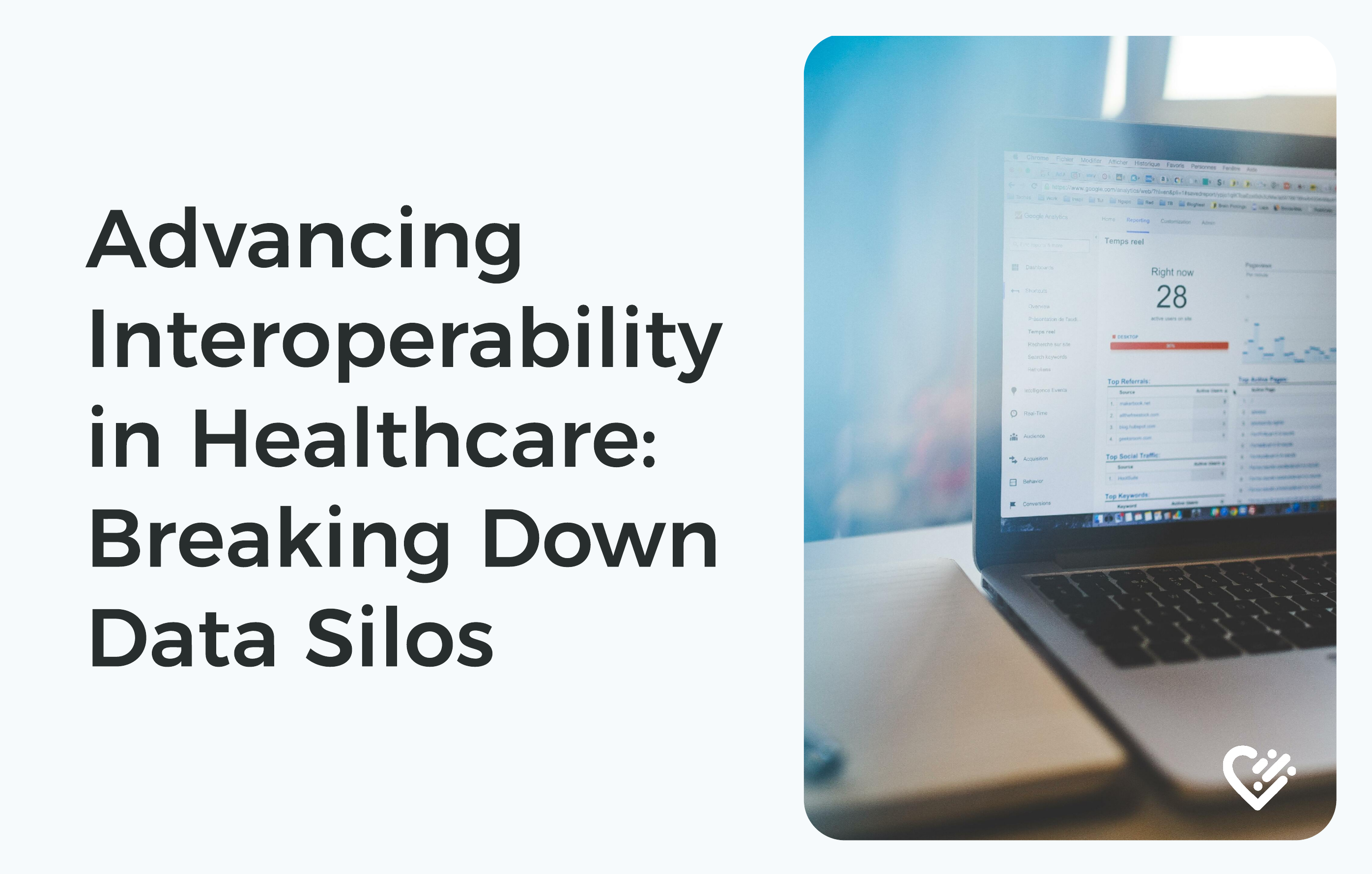In the fast-paced world of healthcare, effective data sharing and interoperability are crucial for delivering high-quality patient care. Unfortunately, data silos have long hindered seamless information exchange within the healthcare ecosystem. This article explores the importance of advancing healthcare interoperability and provides insights into breaking down data silos to enable the efficient and secure sharing of patient data. Read on to discover the key challenges, benefits, and strategies for advancing healthcare interoperability.
Understanding Healthcare Interoperability
Healthcare interoperability refers to the ability of various healthcare systems, applications, and devices to exchange and use patient data accurately, efficiently, and securely. It involves the seamless flow of information across different healthcare providers, organizations, and technologies, resulting in enhanced care coordination and improved patient outcomes.
The Challenges of Data Silos
Healthcare Data silos are isolated repositories of information that hinder the smooth data exchange between different healthcare systems. These silos emerge due to various factors, such as incompatible data formats, disparate IT systems, lack of data standards, and organizational barriers. The consequences of data silos include fragmented patient records, duplicated tests, increased administrative burden, and compromised patient safety.
The Benefits of Advancing Healthcare Interoperability
Advancing healthcare interoperability offers numerous benefits for patients, healthcare providers, and the overall healthcare ecosystem. Some key advantages include:
- Enhanced Care Coordination: Interoperability enables real-time access to patient information across providers, facilitating seamless care coordination and reducing medical errors.
- Improved Patient Safety: Timely access to complete patient records helps healthcare professionals make informed decisions, reducing the risk of adverse events and improving patient safety.
- Increased Efficiency: Interoperable systems streamline administrative tasks, eliminate redundant data entry, and expedite workflows, resulting in time and cost savings.
- Empowered Patients: Interoperability empowers patients by providing access to their health records, promoting active engagement in their healthcare journey.
Strategies for Breaking Down Data Silos
Breaking down data silos requires a strategic approach and collaboration among healthcare stakeholders. Here are some effective strategies to promote healthcare interoperability:
- Data Standardization: Encourage the adoption of standardized data formats and terminologies to ensure compatibility and seamless data exchange across systems.
- Interoperability Frameworks: Implement interoperability frameworks, such as HL7 FHIR (Fast Healthcare Interoperability Resources), to establish standard protocols for data exchange.
- Strong Governance: Establish robust frameworks for data-sharing policies, privacy regulations, and security measures.
- Integration and Interfacing: Invest in interoperable health IT solutions that enable seamless integration and interfacing with existing systems, promoting data exchange.
- Collaboration and Partnerships: Collaborate with healthcare providers, technology vendors, and policymakers to create a shared vision and drive interoperability initiatives.
In conclusion, advancing healthcare interoperability and breaking down data silos hold immense potential for transforming the healthcare landscape. By embracing interoperability, healthcare providers can seamlessly exchange patient data, leading to enhanced care coordination, improved patient safety, increased efficiency, and empowered patients. However, achieving these goals requires a concerted effort from all stakeholders, including healthcare organizations, technology vendors, policymakers, and regulatory bodies. By adopting data standardization, interoperability frameworks, strong governance, integration, and collaboration strategies, we can pave the way for a connected healthcare ecosystem that prioritizes patient-centric care and drives innovation. Together, let us break down data silos and unlock the full potential of healthcare interoperability to benefit patients and healthcare providers.
